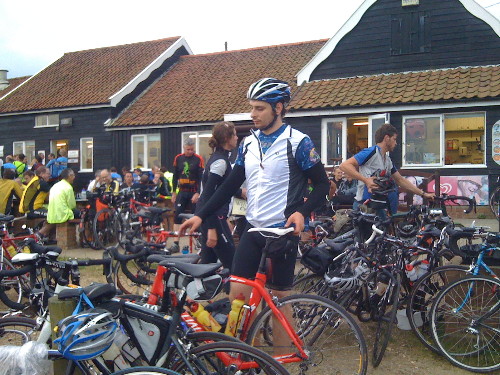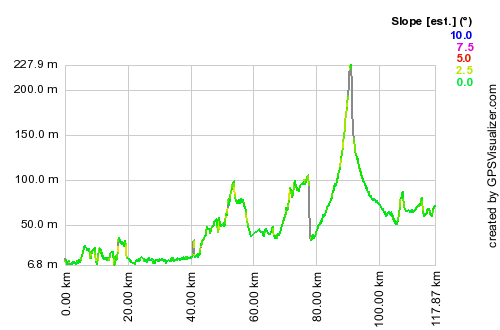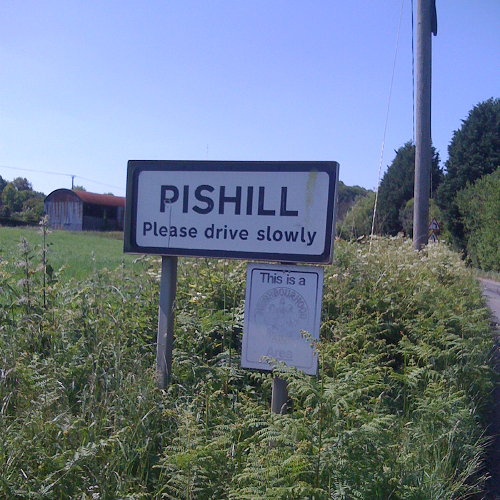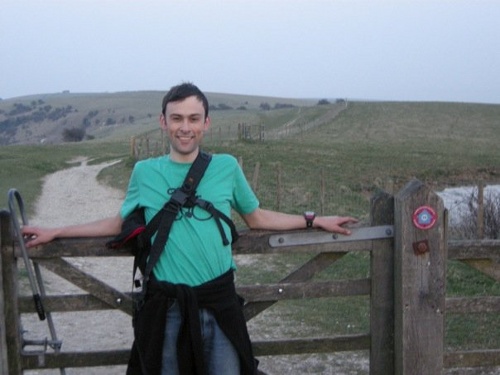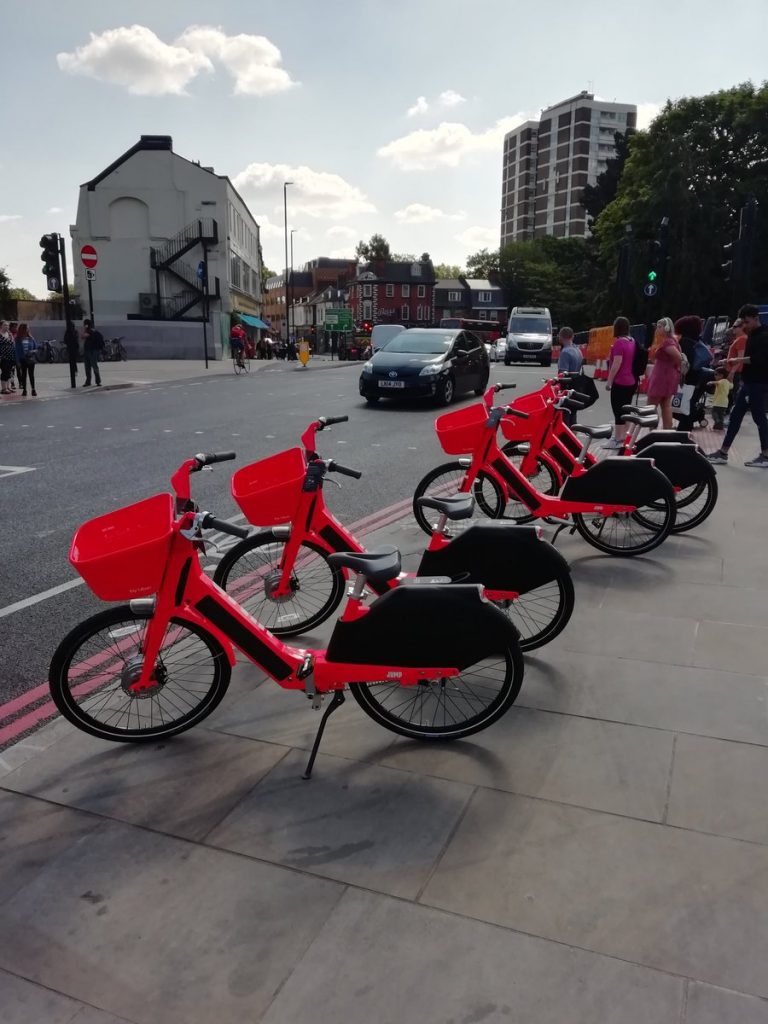
JUMP, Uber’s electric-assist dockless bikeshare, arrives in London today, with a 350-bike trial in north London, focused on Islington borough. The organisation is also looking to expand to other London boroughs later this summer. Interestingly, the app right now is showing the operating area as covering not just Islington, but southern Camden, Hackney, southern Waltham Forest and the western edge of Tower Hamlets borough, as well as the City of London:
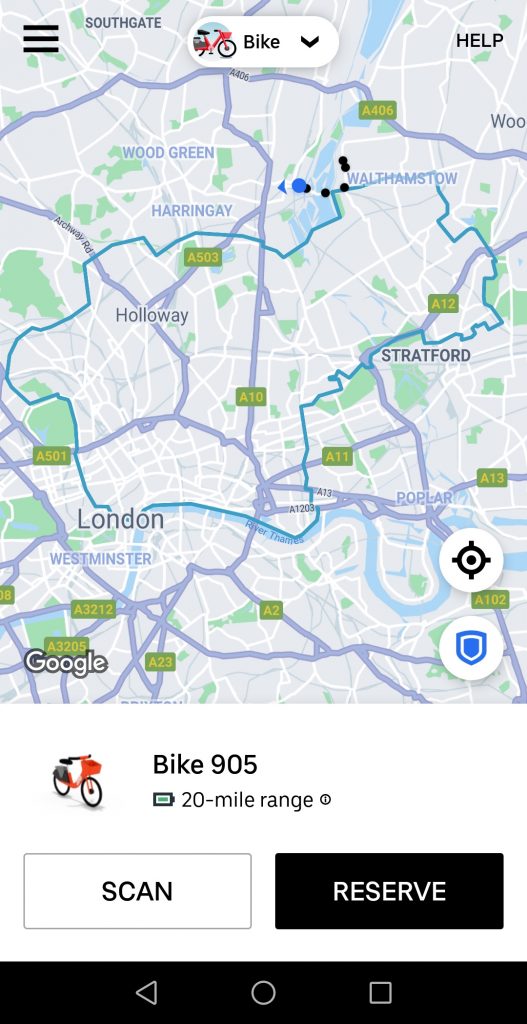
We’ve had quite a few dockless bikeshare operations trying to crack the London market, with its huge potential, but fragmented cooperation/approval process split between 33 boroughs – some with an existing significant cycling culture and others very much car-dominated – has meant success has been mixed. First, oBike appeared out nowhere in summer 2017, before disappearing almost as quickly as councils freaked out and impounded some. Then, later in 2017 and through 2018, Ofo, Mobike and Urbo went for a more controlled approach – however only Mobike has survived to 2019 – and only by pruning right down and then expanding to just core, well established zones. Finally, Lime launched in 2018, but have only recently, officially at least, made it to the inner city.
JUMP has bided its time, watched these other players and is coming to market in London with a significant proposition. We knew they were (probably) coming, thanks to their prominent sponsorship of a relevant trade conference in London last year year, followed a few months later by some job adverts for fleet management. Since then, it’s been very quiet, until now.
Their patience has allowed them to refine a cost model, sensible operating area and bike suitable for the London market. Islington is a great base to start with – it allows cycling into almost the centre of London (the City and the revitalised King’s Cross area both being on the border). They are not wasting time with helping boroughs with a car problem try and encourage cycling (hello Enfield, Brent, Croydon, Bromley, Hounslow, Redbridge, Newham) – something the councils should be doing themselves rather than relying on a fully commercial entity that focus on financial, not societal decisions. Unsurprisingly, the councils have then found these services disappearing soon after launch. Instead, they are starting in a place where people already see cyclists on the road (and surviving/thriving) and are therefore likely to start themselves.
They have also got a sensible cost proposition. Mobike, Urbo and Ofo all started out at a fantastically cheap 50p per bike but soon ended up having to charge £2 to start – the bus is cheaper, and Santander Cycles are the same price and more reliable. Lime launched with a fee that is quite widely acknowledged as being way too expensive – a five minute journey costs more than a bus or out-of-Zone-1 tube trip. JUMP have found a sensible medium, with £1 to start but then the first 5 minutes free, and then 12p/min. Finally, they have invested to tackle the biggest problem with London dockless bikeshare systems at present – poorly parked bikes cluttering up pavements, being an eyesore and generally annoying everyone. They are achieving this by starting with a small number of bikes – but also the bikes come with cable locks rather than the “wheel locks” seen on the other dockless systems. The lock is long enough to loop around a bike parking stand or through a fence. They are not initially requiring users to do this at the end of their journey, but I wouldn’t be suprised if they mandate this in the future, in order to better control street clutter and theft – the two biggest issues with bikeshares in London thus far.
Perhaps most importantly of all, JUMP is owned by Uber, and this means the bikes are in the Uber app as an option to booking a cab driver. This is a really big deal. In London, only dedicated enthusiasts will download a dedicated app for occasionally bikeshare usage – if you want to use Lime Bike, you have to install the Lime Bike app – but a lot of people have the standard navigation apps on their phone – Google Maps, CityMapper – and Uber. Now, one of those apps suddenly has bikeshare fully integrated in. If it’s £5 to get an Uber home but the app tells you about an electric-assist bike 100m away and that it will only cost you £2 – it’s a no-brainer. You access the bikes through the regular Uber app – press the toggle at the top and choose “Bikes”:
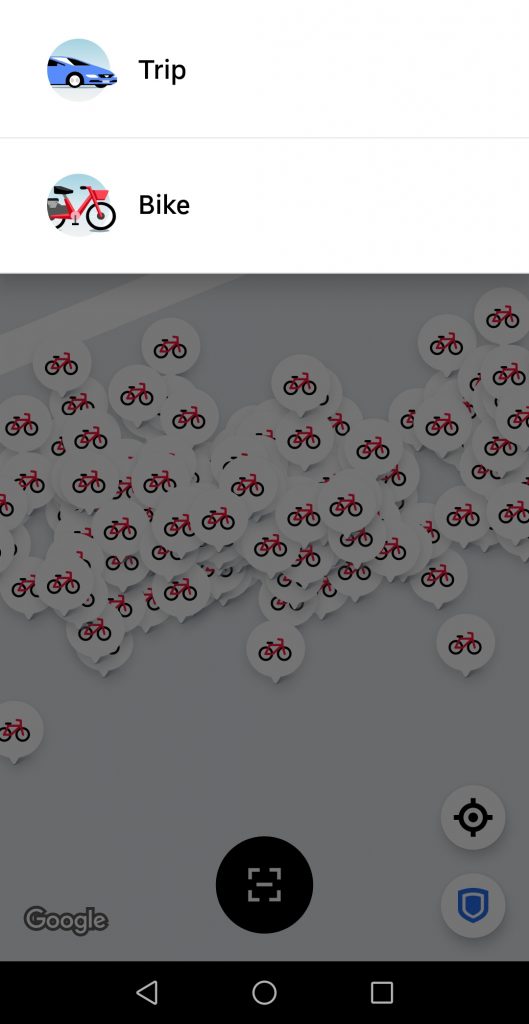
Uber are saying that it is only possible to book a bike when you are in the operating area – this should manage usage quite effectively, particularly as the operating area is large and contains many potential trips (i.e. north inner London into the City and parts of the West End). Right now, the bikes are all reporting their location at a warehouse just off Blackhorse road in east London, but presumably they will be driven (or cycled – that would be nice) down to Angel, Highbury, Finsbury Park, Old Street and other key locations in the borough, for the formal launch later this morning:

From a research perspective, Uber have committed to releasing aggregated data about how their bikeshare is used, similar to what they already do for Uber cab journeys. We haven’t got live GBFS bike locations for JUMP in London, unlike for JUMP in many other cities in the US, but only because we in the UK are poor at asking operators to provide this – but you can’t have everything!
I think that, finally, we might have a dockless bikeshare in London, that works for London.
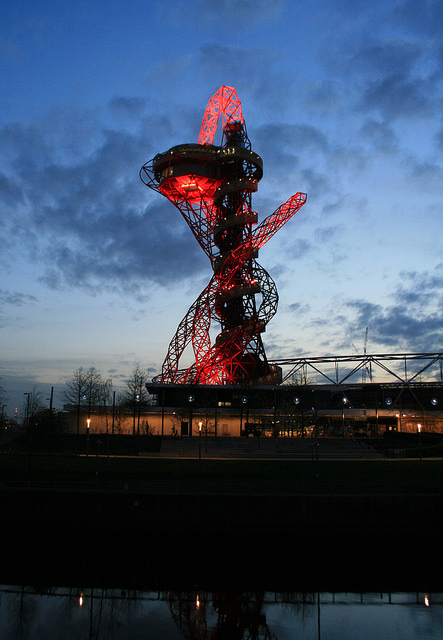
 While you wait for the lift up you can admire the giant rust-coloured metal bell which fills the lower space. The sculptor insisted on total darkness within the space, so tiny pieces of light shining through rivets and welds had to be fixed, the result is a surreal experience of being below a giant bell-shaped dome, receding into darkness and apparently suspended in mid-air.
While you wait for the lift up you can admire the giant rust-coloured metal bell which fills the lower space. The sculptor insisted on total darkness within the space, so tiny pieces of light shining through rivets and welds had to be fixed, the result is a surreal experience of being below a giant bell-shaped dome, receding into darkness and apparently suspended in mid-air. 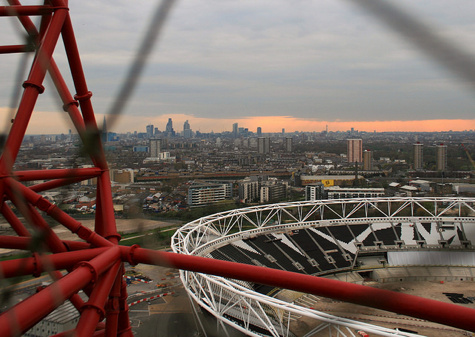
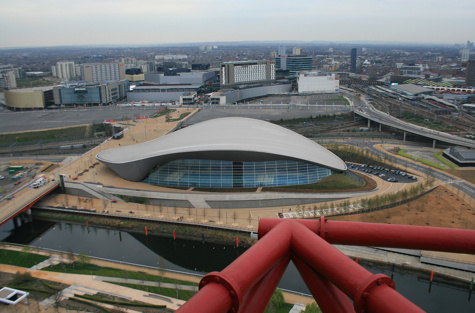

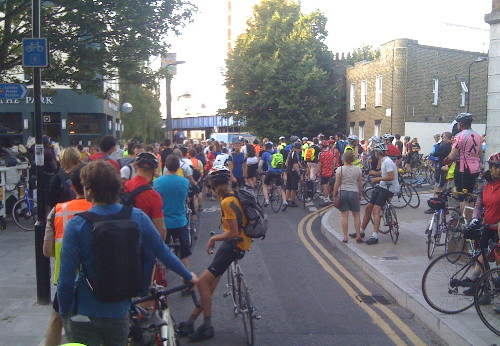

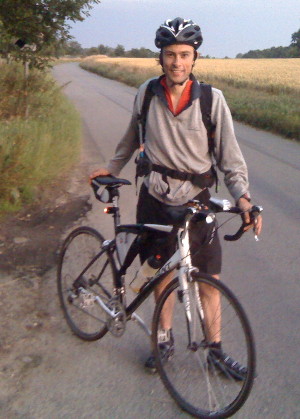 The high point was tearing down the Suffolk Coastal District part in the back of a fast-moving (~35km/h) peloton. The low point was definitely waiting for the rain to clear at Dunwich and dreading the cycle to Ipswich. The most memorable sight was seeing a long stream of flashing red lights in front of me, sweeping around invisible corners.
The high point was tearing down the Suffolk Coastal District part in the back of a fast-moving (~35km/h) peloton. The low point was definitely waiting for the rain to clear at Dunwich and dreading the cycle to Ipswich. The most memorable sight was seeing a long stream of flashing red lights in front of me, sweeping around invisible corners. 